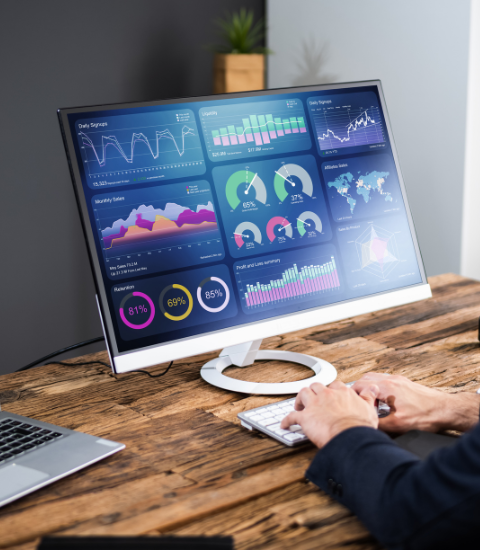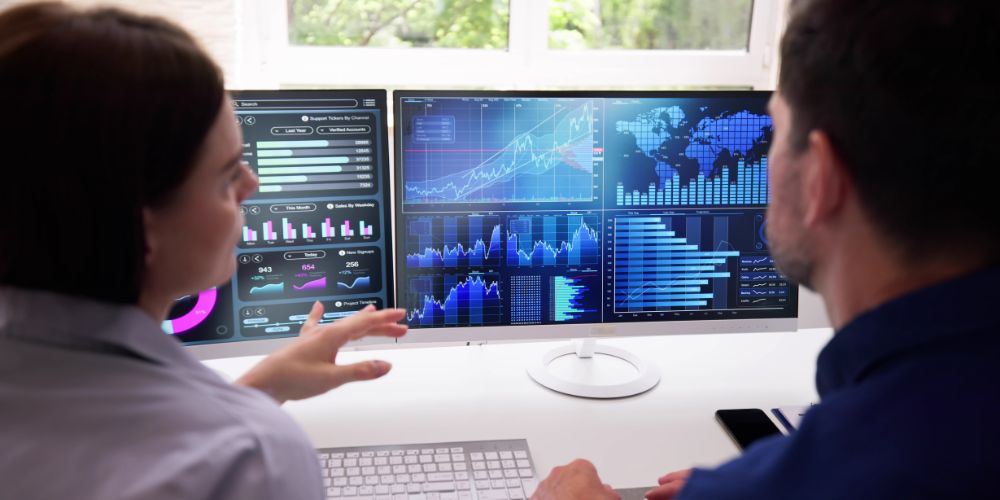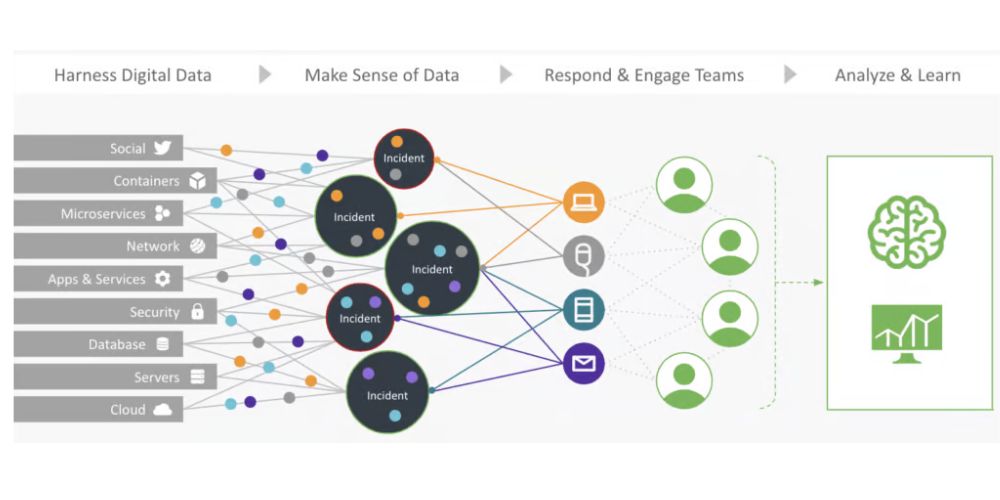Data Processing: Cycle, Types, Methods


Data is generated every second, whether you use the internet to learn about a specific topic, conduct financial transactions online, order food, or anything else. The use of social media, online shopping, and video streaming services has all contributed to the increase in data. According to Domo’s research, every human will generate 1.7MB of data every second in 2020. And you need data processing to use and learn from such a large amount of data.
What Is Data Processing?
Any organization cannot benefit from raw data. Data processing is the method of collecting raw data and translating it into usable information. Data scientists and engineers usually do it in a step-by-step process as a team for an organization. Before raw data is presented in a format that can be read, it is collected, filtered, sorted, processed, analyzed, and stored.
Data processing is critical for organizations to develop better business strategies and gain a competitive advantage. Employees throughout the organization can understand and use the data by converting it into readable formats such as graphs, charts, and documents.
Read more: Data Mining: What is it and Why is it important?
Everything You Need to Know About the Data Processing Cycle
The data processing cycle comprises several steps in which raw data (input) is fed into a system to generate actionable insights (output). Each step is performed in a specific order, but the entire process is repeated cyclically. As shown in the illustration below, the output of the first data processing cycle can be saved and used as the input for the following process.
In general, the data processing cycle consists of 6 major steps:
Step 1: Collection
The first step in the data processing cycle is the collection of raw data. The raw data collected has a significant impact on the output produced. So, the raw data should come from well-defined and accurate sources for the results to be valid and valuable. Raw data can include monetary figures, website cookies, a company’s profit/loss statements, user behavior, etc.
Step 2: Preparation
The process of sorting and filtering raw data to remove unnecessary and inaccurate data is known as data preparation or data cleaning. Before raw data is turned into a format that can be used for further analysis and processing, it is checked for mistakes, duplication, wrong calculations, and missing data. This ensures that only high-quality data is fed into the processing unit.
This step is meant to eliminate bad data (duplicated, incomplete, or wrong) so that high-quality information can be put together for business intelligence in the best way possible.
Step 3: Input
The raw data is converted into machine-readable form and fed into the processing unit in this step. This can take the form of data entry via a keyboard, scanner, or other input devices.
Step 4: Data Processing
This step can be a little different from one process to the next, depending on the source of the data being processed (data lakes, online databases, connected devices, etc.) and how the output will be used.
Step 5: Output
Lastly, the data is sent to the user and shown in a format they can understand, such as graphs, tables, vector files, audio, video, documents, etc. This output can be saved and processed further in the next data processing cycle.
This output can be saved and processed further in the next data processing cycle.
Step 6: Storage
Storage is the final step in the data processing cycle, where data and metadata are saved for later use. This makes it easy to get to the information, get it back when needed, and use it right away in the next cycle.
Types of Data Processing
Data processing is classified into several types based on the source of the data and the steps taken by the processing unit to generate an output. There is no such thing as a one-size-fits-all method for processing raw data.
| Type | Uses |
| Batch Processing | Data is collected and processed in batches. Used for large amounts of data.
Eg: payroll system |
| Real-time Processing | Data is processed within seconds when the input is given. Used for small amounts of data.
Eg: withdrawing money from ATM |
| Online Processing | Data is automatically fed into the CPU as soon as it becomes available. Used for continuous processing of data.
Eg: barcode scanning |
| Multiprocessing | Data is broken down into frames and processed using two or more CPUs within a single computer system. Also known as parallel processing.
Eg: weather forecasting |
| Time-sharing | Allocates computer resources and data in time slots to several users simultaneously. |
Data Processing Methods
Manual Data Processing
This method is done by hand. The whole process of collecting data, filtering, sorting, calculating, and doing other logical tasks is done by hand. No electronic device or automation software is used. It is a low-cost method that requires few to no tools, but it produces high errors, high labor costs, and a significant amount of time and indifference.
Mechanical Data Processing
Data is mechanically processed using devices and machines. This group uses simple tools like calculators, typewriters, printing presses, etc. This method is suitable for performing simple data processing operations. It has fewer errors than manual processing, but this method has become more complex and challenging as data volumes have increased.
Electronic Data Processing
Modern data processing software and programs are used to process data. The software is given instructions to process the data and produce output. This method is the most expensive but provides the fastest processing speeds and the highest output reliability and accuracy.
Examples of Data Processing
Data processing happens all the time, whether we realize it or not. Here are some real-world data processing examples:
- A stock trading software that generates a simple graph from millions of stock data points.
- An e-commerce company uses customers’ search histories to recommend similar products.
- A digital marketing firm uses demographic information about people to plan location-specific campaigns.
- A self-driving car detects pedestrians and other vehicles on the road using real-time data from sensors.
Moving Processing Data to Analytics

If we had to pick just one, big data is the most significant game-changer in today’s business world. Although it requires handling massive data, the benefits are undeniable. Companies that want to stay competitive in the 21st-century marketplace need an effective data processing strategy.
After data processing, the next logical step is analytics, identifying, interpreting, and communicating meaningful patterns in data. Whereas data-processing converts data from one form to another, analytics analyzes those newly processed forms.
However, regardless of which of these processes data scientists employ, the sheer volume of data and the analysis of its processed forms necessitate increased storage and access capabilities, which brings us to the next section!
Data Processing in the Future
Cloud computing is the best way to describe the future of data processing.
While the six steps of data processing remain unchanging, cloud technology has provided spectacular advances in data processing technology, providing data analysts and scientists with the fastest, most advanced, cost-effective, and most efficient data processing methods available today.
The cloud enables businesses to combine their platforms into a centralized system that is simple to use and adapt. Cloud technology allows the seamless integration of new upgrades and updates to legacy systems while providing organizations with enormous scalability.
Cloud platforms are inexpensive, providing a great leveler between large and small businesses.
As a result, the same IT innovations that gave rise to big data and its associated challenges also provided the solution. The cloud can handle the massive workloads associated with big data operations.
Read more: 6 Major Business Advantages Of Real-Time Data Analytics
